Why Hand Blenders Are Perfect For Your Kitchen
“My hand blender is one of the best kitchen tools I have in my kitchen, especially when I’m making soups and purees!” -RG
What Is A Hand Blender?
Hand blenders, also known as immersion or stick blenders, are versatile kitchen tools that streamline various culinary tasks. Unlike traditional countertop blenders, hand blenders are compact and designed to be immersed directly into the food container.
This feature makes them particularly useful for blending soups, sauces, and smoothies directly in pots, pans, or bowls, minimizing the need for transferring hot or messy ingredients.
Hand blenders typically consist of a motorized handle with a detachable blending shaft, which often comes with a stainless steel blade. Some models include additional attachments, such as whiskers and choppers, enhancing their functionality. Switching attachments allows users to quickly transition between blending, pureeing, whisking, and chopping tasks.
One of the critical advantages of hand blenders is their portability and ease of storage. They take up minimal counter space and can be stored in a drawer or cabinet, making them ideal for kitchens with limited space. Additionally, their ergonomic design ensures comfortable handling during use.
They come in various power ratings, from basic models suitable for light tasks to more powerful versions capable of handling tougher ingredients. They are generally easier to clean than traditional blenders, as most parts are dishwasher-safe.
Overall, hand blenders offer convenience, versatility, and efficiency, making them valuable to any kitchen.
What Are They Good For?
Hand blenders are incredibly versatile and are suitable for a wide range of culinary tasks:
- Pureeing Soups and Sauces: Hand blenders allow you to puree soups and sauces directly in the pot, eliminating the need to transfer hot liquids to a countertop blender.
- Making Smoothies and Milkshakes: With a hand blender, you can quickly blend fruits, vegetables, and other ingredients for smoothies and milkshakes in a glass or mixing bowl.
- Blending Baby Food: Hand blenders are perfect for making homemade baby food, allowing you to puree small batches of fruits, vegetables, and meats.
- Whisking and Mixing: Many hand blenders have whisk attachments, which make them ideal for whipping cream, beating eggs, and mixing batter.
- Chopping and Mincing: Some models include chopper attachments, which can be used to chop nuts, herbs, onions, and other ingredients quickly and efficiently.
- Emulsifying Dressings and Mayonnaise: Hand blenders excel at creating emulsions, making it easy to prepare homemade salad dressings, mayonnaise, and sauces.
- Blending Hot Ingredients: Unlike traditional blenders, hand blenders can safely blend hot ingredients directly in the cooking vessel, reducing the risk of spills and burns.
- Preparing Dips and Spreads: They can directly blend ingredients for dips like hummus, guacamole, and pesto in a serving bowl.
- Creating Smooth Pancake or Waffle Batter: A hand blender ensures a smooth, lump-free batter with minimal effort.
Overall, hand blenders are valued for their convenience, ease of use, and ability to handle various kitchen tasks with minimal cleanup.
What To Look For
When purchasing a hand blender, consider the following factors to ensure you choose the right one for your needs:
- Power: Look for a hand blender with a motor powerful enough to handle the types of foods you plan to blend. Typically, motors range from 200 to 800 watts. Opt for a higher wattage for tougher tasks like chopping nuts or blending fibrous vegetables.
- Speed Settings: Variable speed settings give you more control over the blending process. Some models have two speeds, while others offer multiple speeds or even a turbo mode for extra power.
- Blades and Attachments: Check the quality and type of blades. Stainless steel blades are durable and practical. Additionally, consider the attachments included, such as whisk attachments, chopper bowls, and blending beakers, which can expand the blender’s functionality.
- Ease of Use: The hand blender should be comfortable to hold and easy to maneuver. Look for ergonomic designs with non-slip grips.
- Ease of Cleaning: Detachable blending arms and dishwasher-safe parts make cleaning much easier. Some models even feature one-click disassembly for quick cleanup.
- Durability and Build Quality: Choose a hand blender made from high-quality materials. Metal blending arms and housings are typically more durable than plastic ones.
- Noise Level: Some hand blenders are quieter than others. If noise is a concern, look for models specifically designed to operate more quietly.
- Corded vs. Cordless: Cordless hand blenders offer greater mobility and convenience but check the battery life and charging time. Corded models generally provide consistent power without the need to recharge.
- Weight: A lighter hand blender is easier to handle, especially for extended periods. However, it should also feel sturdy and well-balanced.
- Price and Warranty: Compare prices and consider your budget. Higher-end models often come with more features and attachments. Also, check the warranty to ensure you’re covered for defects or malfunctions.
- Brand and Reviews: Research reputable brands and read customer reviews to gauge the performance and reliability of different models.
Considering these factors, you can find a hand blender that suits your cooking needs and preferences.
Cord or No Cord?
When I purchased my first hand blender, cordless ones weren’t unavailable. Cordless models are a great idea and much more convenient, but you lose a little power when the appliance isn’t plugged into the wall.
If you choose a cordless model, remember that the hand blender might be a little heavier in your grip because of the battery pack’s extra weight. The downside of using a blender with a cord is that although you get the most power, the cord can sometimes get in the way as you work. So, it’s up to you which one you prefer.
But I suggest a hand blender with a cord to maximize your voltage power.
Attachments
Some models come with many extra attachments you may or may not need. For example, if you own a food processor, there may be no need for a chopping blade or chopper/grinder attachment. And let’s face it; a hand blender chopping blade will not do the work of a standard food processor.
Clean Up
An advantage of a hand blender is clean up. You can wash it under warm water right in the sink (unplugged, of course), and some of the new models have dishwasher-safe detachable shafts.
Warning: Although hand blenders are relatively compact appliances that look like harmless kitchen toys, these things have sharp blades and a good amount of power. Please ensure the blender is unplugged if you go anywhere near the blade to unclog or clean it.
Hand blenders are incredibly user-friendly, but keep these things away from kids!

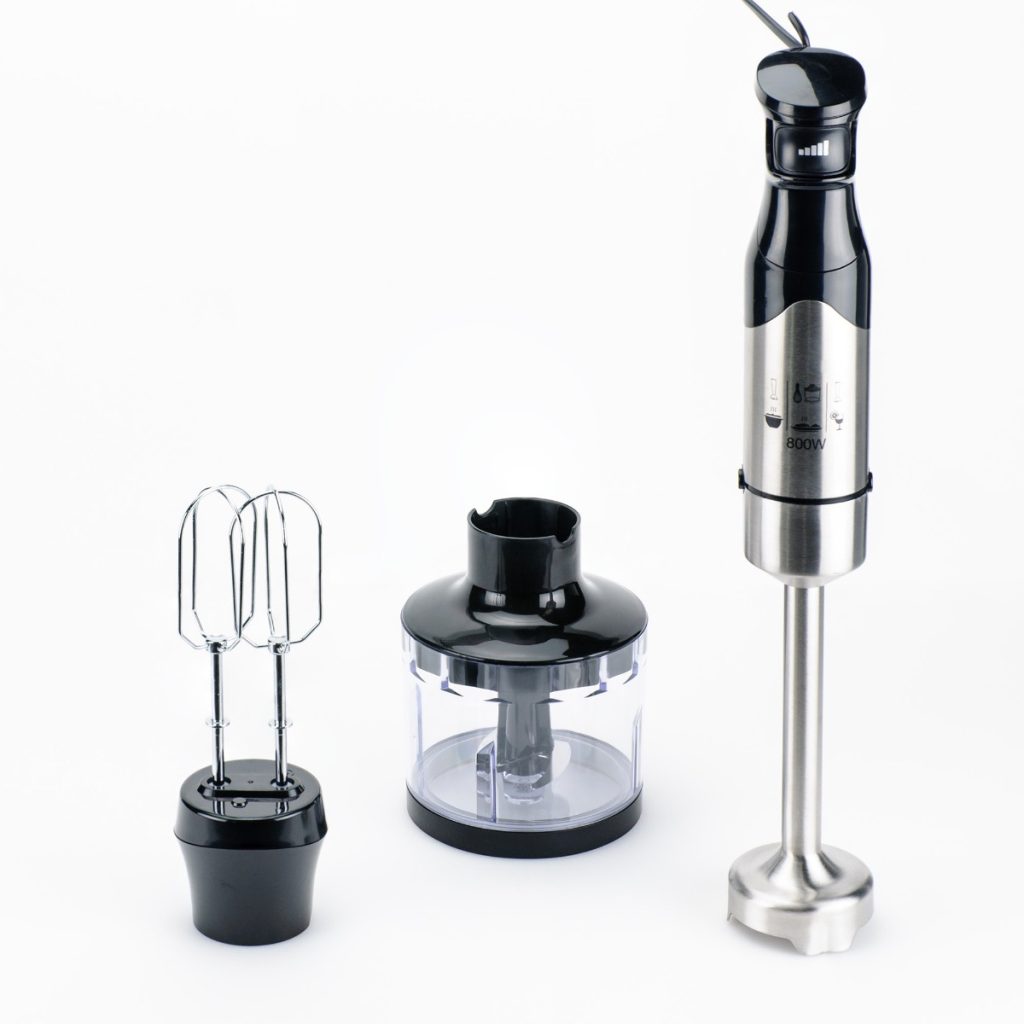

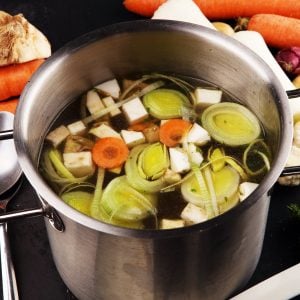
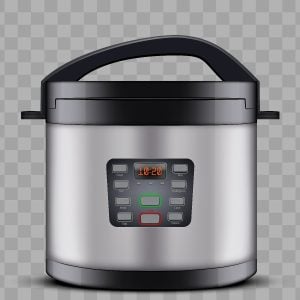


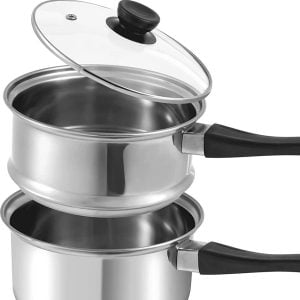
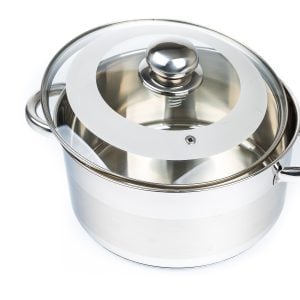
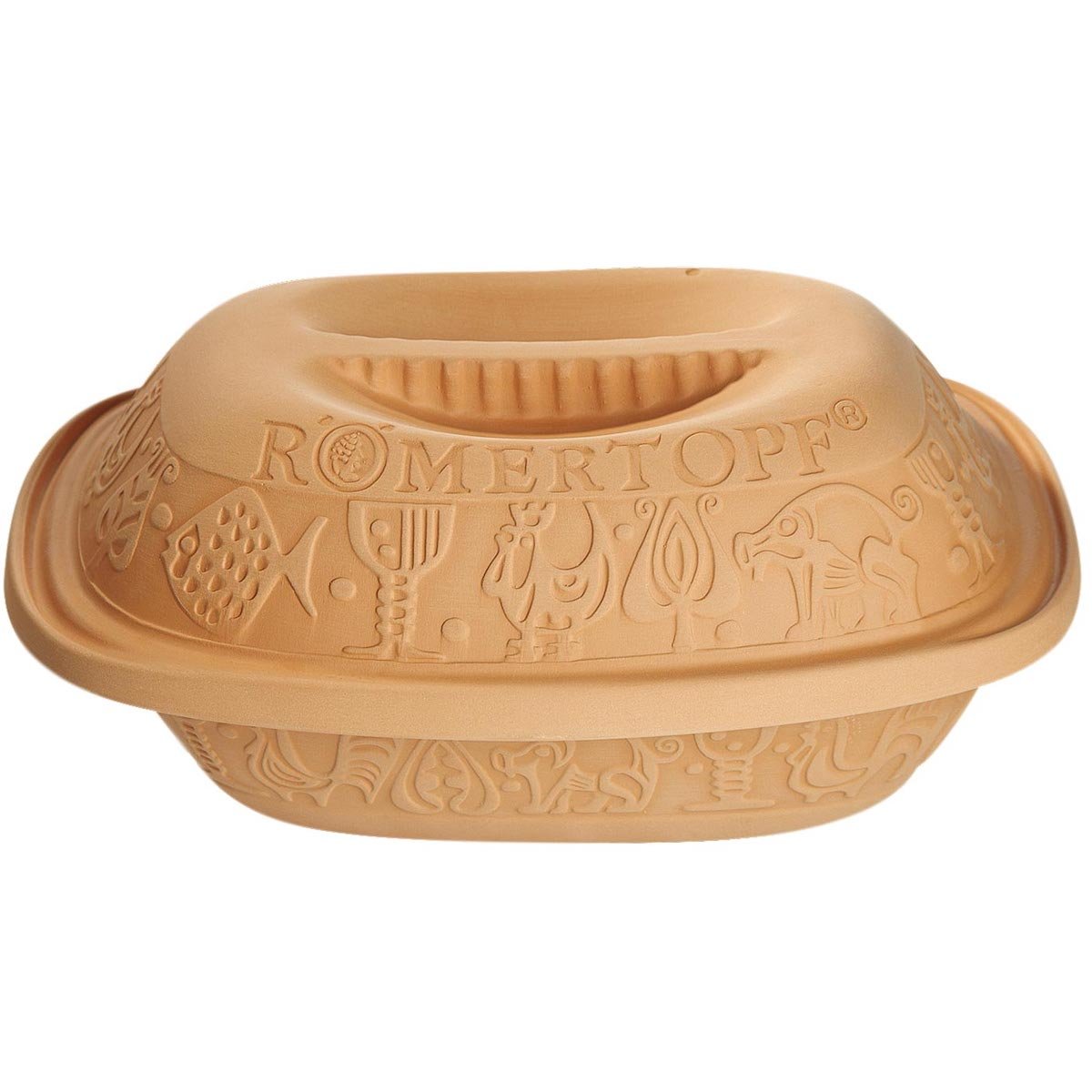
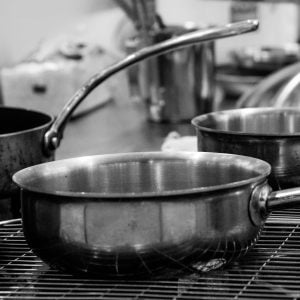


One Response
I think Cuisinart CSB-75 is a good one. It is also among the best sellers in U.S.